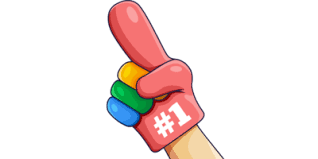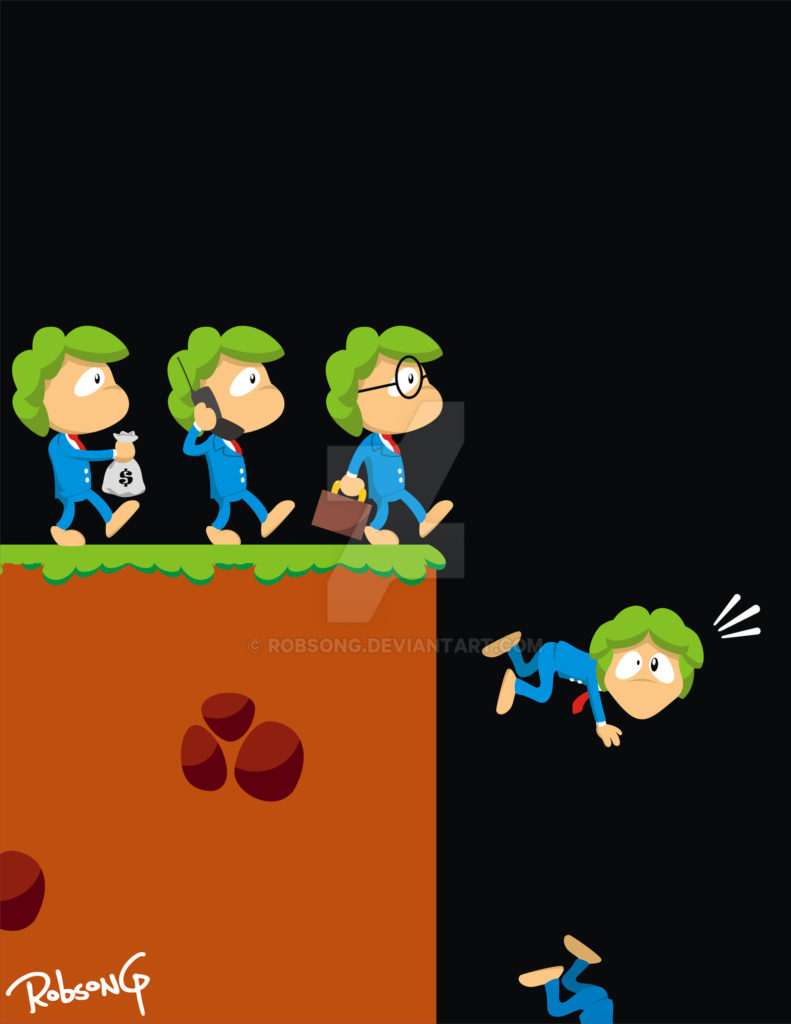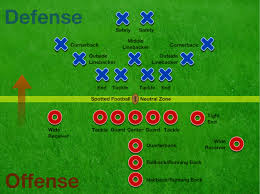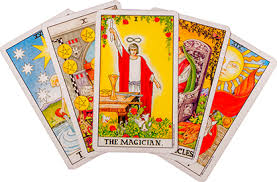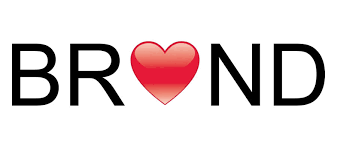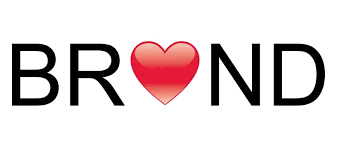Electric Motors.
I finally get the new GM logo. It looks more electricity, less machinery. On the heals of the new logo comes an announcement to leave the combustion engine car and truck business by 2035. A fairly aggressive date but one shareholders, I’m sure, can live with. I’d have preferred 2027, but hey, it’s a start.
CEO Mary T. Barra is now an icon. A market maker and planet saver. I didn’t realize that electric car engines didn’t take oil. And had no transmissions. I remember writing years ago how when I grew up every corner on Long Island had at least one gas station. If not four. And how with gas guzzlers being replaced by 20-30 MPG vehicles many of those gas stations were replaced by banks. Well, come 2035 gas stations and the real estate they sit upon will be something else. Charging stations? Amazon pick-up depots? Certainly not retail banks, they’re going the way of the doh-doh bird.
My advice to GM amidst all of this change is more change. I think a smart, preemptive move — and a defensive move — would be to rebrand the company Electric Motors. Perhaps the next power source for cars or mobile transport will be hydrogen or nuclear but, hey, this ain’t the horse and buggy are ya’ll. Let’s go!
Peace.


